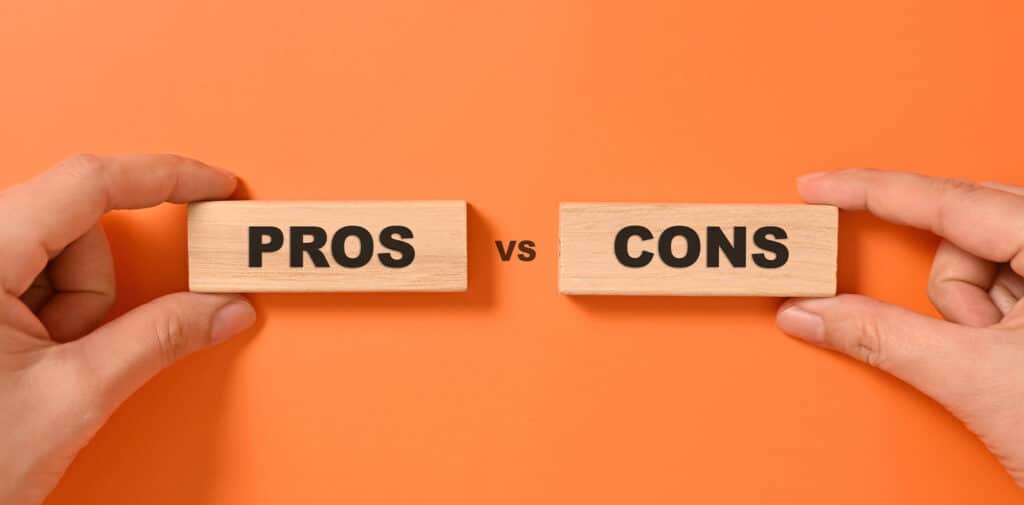
The Pros and Cons of Metal Domes vs Conductive Carbon Inserts
in Silicone Rubber Keypads
Silicone rubber keypads are a main component in many electronic devices, from remote controls to industrial control panels. The tactile response and durability of these keypads make them a popular choice for various applications. A critical aspect of their design is the choice of contact mechanism – typically either metal domes or conductive carbon inserts. Both have unique advantages and disadvantages, impacting their suitability for different applications. In this blog, we’ll explore these differences to help you make an informed choice.
Metal Domes: Precision and Tactility
Advantages
- Tactile Feedback: Metal domes provide excellent tactile feedback. The snap action of the dome offers a clear, crisp response when pressed, which is often preferred in applications where user experience is key.
- Durability: These domes are highly durable and can withstand millions of actuations without significant degradation in performance. This makes them ideal for high-use environments.
- Low Resistance: Metal domes typically offer lower electrical resistance than carbon contacts, ensuring a more reliable and consistent connection.
- Customizability: They can be engineered in various shapes, sizes, and actuation forces, allowing for a high degree of customization to suit specific needs.
Disadvantages
- Cost: Metal domes are generally more expensive than conductive carbon inserts. This can be a significant factor in cost-sensitive projects.
- Noise: The ‘click’ sound, while satisfying, can be undesirable in quiet environments.
- Complexity in Design: Incorporating metal domes into a keypad design can be more complex, requiring precise alignment and mounting.
Conductive Carbon Inserts: Cost-Effectiveness and Versatility
Advantages
- Cost-Effective: Carbon inserts are typically less expensive than metal domes, making them a good choice for budget-conscious projects.
- Silent Operation: Unlike metal domes, carbon inserts do not produce a clicking sound, which can be beneficial in noise-sensitive environments.
- Versatility: They can be easily integrated into various keypad designs, including those with unusual shapes or sizes.
- Pressure Sensitivity: Carbon contacts can offer a range of actuation forces, potentially providing a broader range of sensitivity options.
Disadvantages
- Tactile Feedback: They generally offer less tactile response than metal domes, which can be a drawback in applications where user feedback is critical.
- Wear and Tear: Carbon inserts may wear out faster than metal domes, especially in high-use scenarios, leading to potential reliability issues over time.
- Higher Electrical Resistance: They can have higher electrical resistance than metal domes, potentially affecting the performance in some applications.
Balancing Performance and Cost
The choice between metal domes and conductive carbon inserts in silicone rubber keypads comes down to a balance between performance requirements and cost constraints. For applications requiring superior tactile feedback and durability, metal domes are typically the preferred choice. However, for cost-sensitive projects or applications where silent operation is crucial, conductive carbon inserts offer a viable alternative.
Ultimately, the decision should be based on the specific needs of your project, considering factors such as user experience, environmental conditions, and budget. By understanding the advantages and disadvantages of each option, designers and engineers can make an informed choice that best suits their application.





